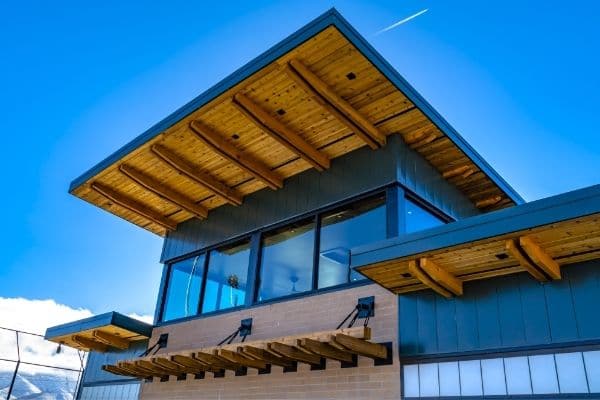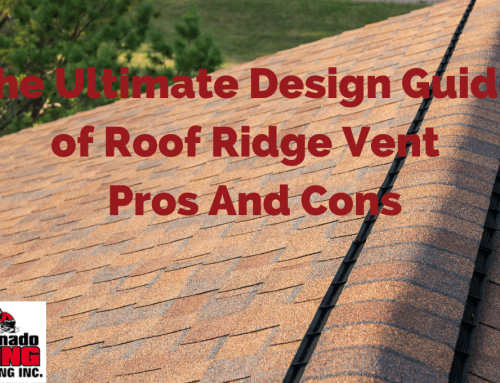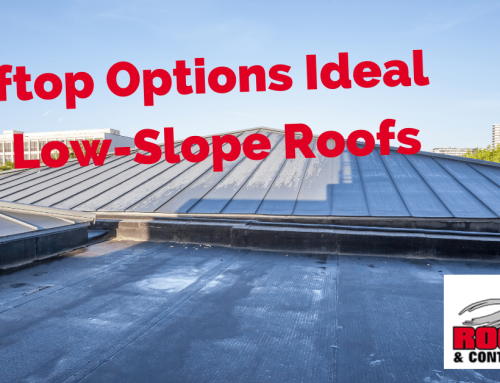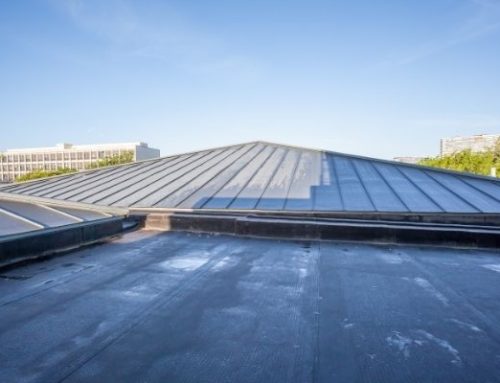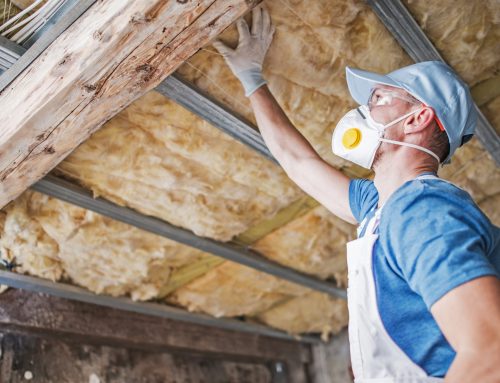Roofing systems fall under either low slope or steep slope roofing category. When you purchase shingles, a professional dealer will ask whether your sloped roof is a low or steep slope. Low slope roofing includes slopes ranging between 2:12 and 4:12 of the run.
Low slope roofs drain water at a slower pace compared to steep slopes. The materials used in the two categories are different. Please don’t buy asphalt or slate shingles for your slope roof just because their color impressed you. They require mechanical drainage and thus not suitable alternatives when it comes to low slope roofing.
So what are the factors to consider when selecting materials for your low slope roof system? We invite you to read on and learn a thing or two about low slope roofing.
Table of Contents
Selecting the Right Low Slope Roofing Materials
Here are some of the factors to consider when you look to purchase roofing materials for your low slope roof:
Moisture Tolerance
Because low-pitch roofs drain water slower, rainwater can form small pools on your roof. Therefore, consider materials that can tolerate water. Membrane materials are good due to their ability to hold stagnant water without getting damaged.
Slope Range
Roofing materials function differently at different slopes. Some modern roofing materials indicate the slope range they function optimally. It is advisable to inquire from your roofing contractor about the finer details of your low slope roof. The information will help the manufacturer to guide you on the suitable material for your roof.
Environment
If you live in an environment that experiences snow often, consider the material that can withstand the snow. Thawing impacts low slope roofs.
Material Color
A good roof should be energy-efficient. The color of the material you choose should be suitable for your environment. Choose light colors that reflect light when you live in arid areas. Dark colors are suitable for cold environments.
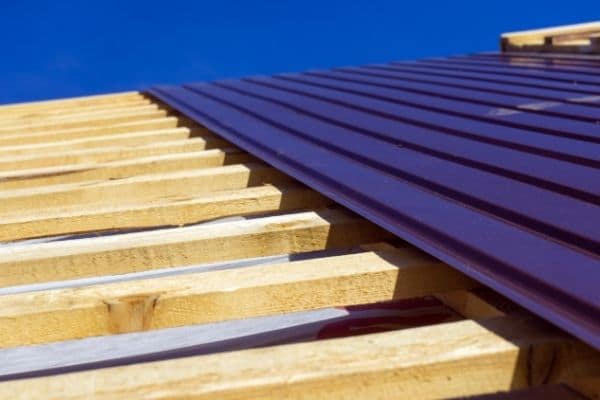
Types of Low Slope/Flat Roof Systems
Types of roof systems are determined by the covering used. There are five major types of low slope/flat roof systems, namely:
- Built-up roof
- Modified bitumen
- Polyvinyl chloride
- Thermoplastic Polyolefin
- Ethylene Propylene Diene Terpolymer
Built-Up Roof
Built-up roofing (BUR) membranes are made of bitumen and felts. The membranes are spread on a base sheet attached to the roof. The popularity of BUR low slope roofs is diminishing.
Modified Bitumen
Modified bitumen are sheets made from bitumen that have been improved using a polymer like Styrene-butadiene (SBS) or atactic polypropylene (APP). The polymers add rubber qualities to the bitumen. The modified bitumen sheets are joined using an adhesive and heat.
Polyvinyl Chloride
PVC low slope roofs are common in restaurants. They are used for roofing kitchens and can tolerate different types of chemicals. PVC can also bend and keep your house cool during summer because it is a poor conductor of heat.
Thermoplastic Polyolefin
Thermoplastic Polyolefin TPO is typically a single-ply membrane. It is lightweight, resistant to chemicals, and has impressive impact resistance. TPO low slope roofing systems are commonly found in the commercial industry. Homeowners love the white color TPO membranes for their ability to reflect heat and keep the interior of the house cool.
Ethylene Propylene Diene Terpolymer (EPDM)
EPDM rubber roofs adhere to an insulation board, and they are mostly black, although there’s white color. The rubber covering can also be held down using ballast or boulders. This type of roof can tolerate both hot and cold weather. The rubber can withstand different chemicals.
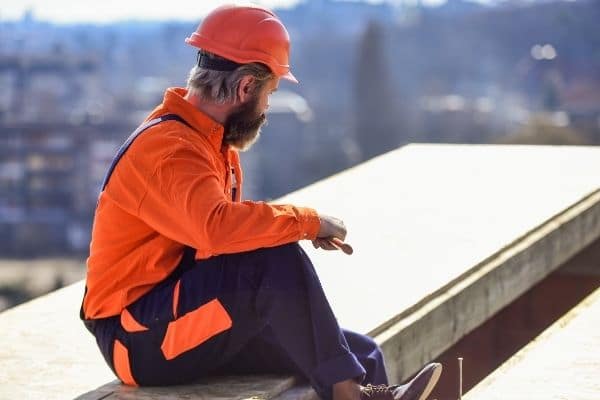
Low Slope Roofing: Lessons Learned
We’ve picked lessons from the 20 plus years we’ve been providing roofing solutions to our Southwest Florida clients. It’s a continuous learning curve as technology continues to evolve.
Many clients have come to us with complaints about their low slope roofs. There are many cases where clients hired contractors to install new roofs or replace steep slope roofs with a low slope. And they ended up with flat roofs full of drainage issues. Low slope roofs are likely to gather lots of dry leaves resulting in clogged drainage. If the slope is 0” it becomes a mess.
Another common problem is the use of the right material in the wrong environment. It is important to know the material to use if you need an energy-efficient roof. Not all contractors know that. Using black membranes in a place that is ever hot adds to the heat in the interior of your house. You’ll incur huge power bills trying to keep your air conditioner on most of the time.
Top Rated Roofing Company in Southwest Florida
Tornado roofing is a major player in the roofing industry in Southwest Florida. We’ve been providing cutting-edge roofing solutions to both commercial and residential landholders in this region for the last 20 years. Contact us whenever you need to repair your roof or overhaul the entire roof. Our team of highly gifted roofing professionals is eager to serve you.


